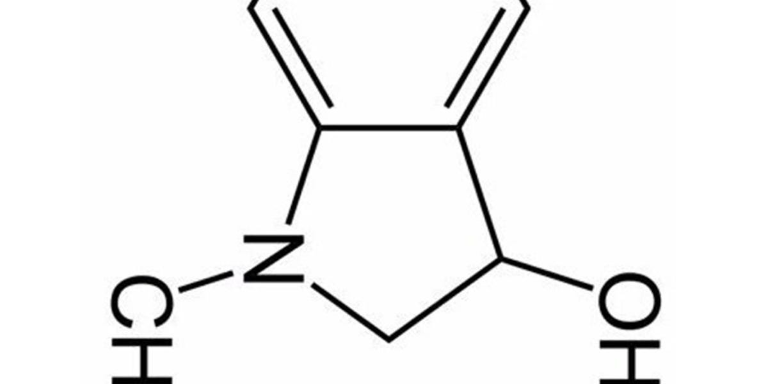
Is Adrenochrome a Drug? History, experiments, tripping experiences, altered feelings and consciousness, references to Q drops #3497, #1896, #1904 and #4565
(juliansrum.substack.com)
A SERIOUS RED PILL 💊

Umm... hmm. From the AI:
The claim about Canadian field medics extracting adrenaline from the adrenal glands of deceased soldiers to use as an anesthetic or for hallucinogenic effects is not supported by historical evidence or medical practice.
During World War II, medical corps from various nations, including Canada, were indeed resourceful due to the scarcity of medical supplies, but there are no credible historical records or medical references to suggest that such practices were ever used or endorsed.
Morphine was the standard analgesic used for severe pain and trauma in military medical kits, and while there were shortages, medics and doctors would typically ration supplies or use alternative pain relief methods. Adrenaline (epinephrine) is a hormone that can be medically used to treat a number of conditions, including cardiac arrest and anaphylaxis, but it does not have anesthetic properties and is not known to cause hallucinations. Moreover, the extraction and storage of adrenaline in a usable and safe form under field conditions would be extremely challenging and is unlikely to have been a practical or effective alternative to morphine for pain relief.
This type of story seems more like an urban legend or a myth rather than a factual historical account. Always consider the source of such information and look for credible evidence when evaluating historical claims.
Here here. Nice post.
Adrenaline becomes adrenochrome when exposed to the air. It turns pink when it oxidized.
It then further oxidized and becomes melanin and turns brown.
It's very unstable. It degrades when exposed to heat or light or moisture. It metabolizes quickly in our bodies. Good luck extracting it. Especially has we have nanograms worth in our systems
Nanograms? That's tiny. Take 2.2 pounds of flour divide it a thousand piles. Now each pile is a gram.
Now take one small piles and divide into 1000 piles. Now you have milligrams.
Now get out your microscope. Divide that teeny eeny pile into 1000 piles. MICROGRAMS
NOW get a better microscope now divide that teeny eensey pile into a thousand.
Now you have nanograms. The amount of adrenochrome in a human body is measured in nanograms per liter. It's freaking tiny.
It's easy to make in a lab.
Pharmaceutical quality pure adrenocrome is $10 -15 bucks per milligram at a medical research supply shop. This is like 50,000 to 100,000 times more than you can get from a person.
There's medical research being done with it. There's a way to stabilize it by making it into a "monosemicarbazone"......nope I don't know what that is, but it's a new substance called carbazochrome dihydrate which is sold as Adrenoxyl.
This a drug used to stop hemorrhages.
There's another version called Carbazochrome sodium sulfonate they use for hemorrhoids.
I think they are research drugs, not over the counter. But they are cheap.
Great info! My question is, how do we break down this adrenachrome that's naturally in our bodies? With all the stress and anxiety our society is going through right now, we are all susceptible to having this in our systems. Does anyone have an answer to this? Thanks!
It seems it metabolizes quickly among two or three different pathways.
And the metabolites are excreted in urine.
It also seems to be an intermediate step to producing something called neuromelanin.